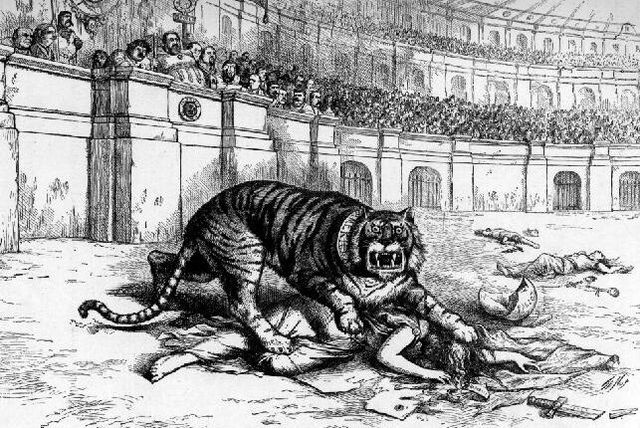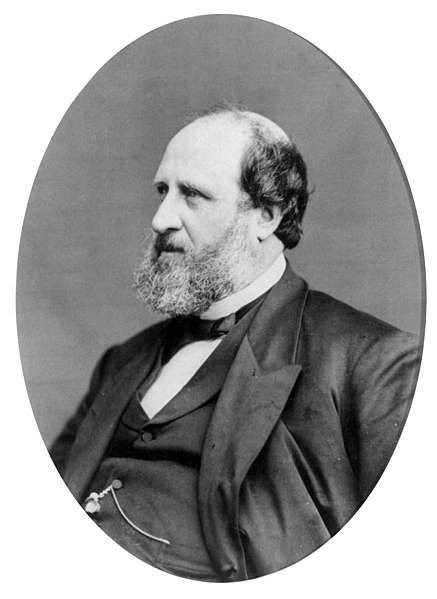Tamanend was the Chief of Chiefs and Chief of the Turtle Clan of the Lenni-Lenape nation in the Delaware Valley signing the peace treaty with William Penn.
The Treaty of Penn with the Indians by Benjamin West, depicting Penn negotiating with Tamanend
Tammany Hall on East 14th Street in Manhattan featured a white marble statue of Tamanend (located in the arch on top of the building).
Statue of Tamanend at the U.S. Naval Academy
42nd New York Infantry Monument, Gettysburg Battlefield
Tammany Hall, also known as the Society of St. Tammany, the Sons of St. Tammany, or the Columbian Order, was an American political organization founded in 1786 and incorporated on May 12, 1789, as the Tammany Society. It became the main local political machine of the Democratic Party and played a major role in controlling New York City and New York State politics, and helped immigrants, most notably the Irish, rise in American politics from the 1850s into the 1960s. Tammany usually controlled Democratic nominations and political patronage in Manhattan for over 100 years following the mayoral victory of Fernando Wood in 1854, and used its patronage resources to build a loyal, well-rewarded core of district and precinct leaders; after 1850, the vast majority were Irish Catholics due to mass immigration from Ireland during and after the Irish Famine of the late 1840s.
The Tammany Hall logo on its headquarters at 44 Union Square
In 1871, Thomas Nast denounces Tammany as a ferocious tiger killing democracy. The image of a tiger was often used to represent the Tammany Hall political movement.
William M. Tweed, known as "Boss" Tweed, ran an efficient and corrupt political machine based on patronage and graft.
Tammany Ring by Thomas Nast; "Who stole the people's money?" / "'Twas him."








